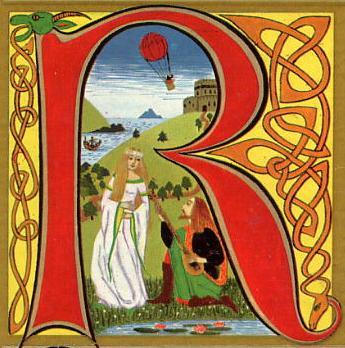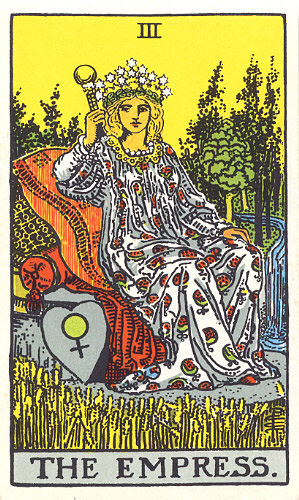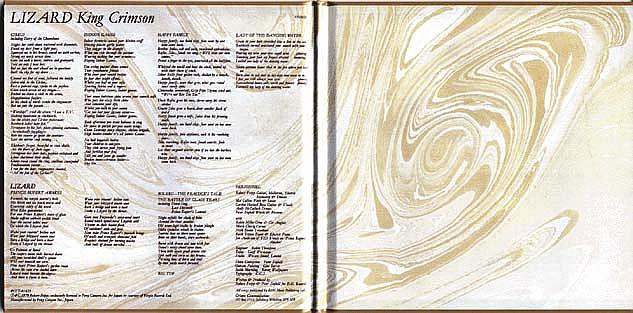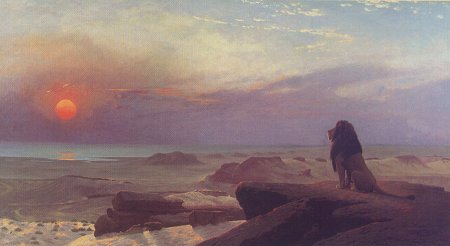- chapter index -
pg. 1 - Lizard
pg. 2 - Cirkus | pg. 3 - Megaphonium Fanfare
pg. 4 - 'Worship!' Cried the Clown | pg. 5 - Entry of the Chameleons
pg. 6 - Indoor Games | pg. 7 - Happy Family
pg. 8 - Lady of the Dancing Water
- page index -
The Empress
site index
Translate from
"What is the universe?" asked the Buddha,
his reply...
"The eye and forms, the ear and sounds, the nose and smells, the tongue and tastes, the body, and tactile objects, the mind and mental objects".
- Tibetan Book of the Dead
"This whole objective universe
of matter and energy, atoms and stars,
is a construction of the conscience,
an edifice of conventional modes,
shaped by the senses of man."
— Bertrand Russell
 "In Hindu thought, the
male energy is essentially passive, while the female is the force of action. Maya is one of
those active powers: the constant movement of the universe, pervasive to the atomic level.
There is no life -- no existence, even -- without Maya, but she is so powerful that we cannot
see the essence of things and mistake her movement for reality. For this reason, Maya is
often called "the veil of illusion," the dance of multiplicity that distracts us so that we cannot
see all matter as essentially identical. Illusion, however, as the sages have stressed, is not
the same as falsehood. Maya is not a negative force, but can be a mesh through which we
perceive the ultimate reality of existence -- if we are not distracted by her magnificent
creativeness and complexity."
"In Hindu thought, the
male energy is essentially passive, while the female is the force of action. Maya is one of
those active powers: the constant movement of the universe, pervasive to the atomic level.
There is no life -- no existence, even -- without Maya, but she is so powerful that we cannot
see the essence of things and mistake her movement for reality. For this reason, Maya is
often called "the veil of illusion," the dance of multiplicity that distracts us so that we cannot
see all matter as essentially identical. Illusion, however, as the sages have stressed, is not
the same as falsehood. Maya is not a negative force, but can be a mesh through which we
perceive the ultimate reality of existence -- if we are not distracted by her magnificent
creativeness and complexity." "The Empress is recognized as the combination of the Magician (consciousness)...
"The Empress is recognized as the combination of the Magician (consciousness)... 























 Arachnophilia
Arachnophilia